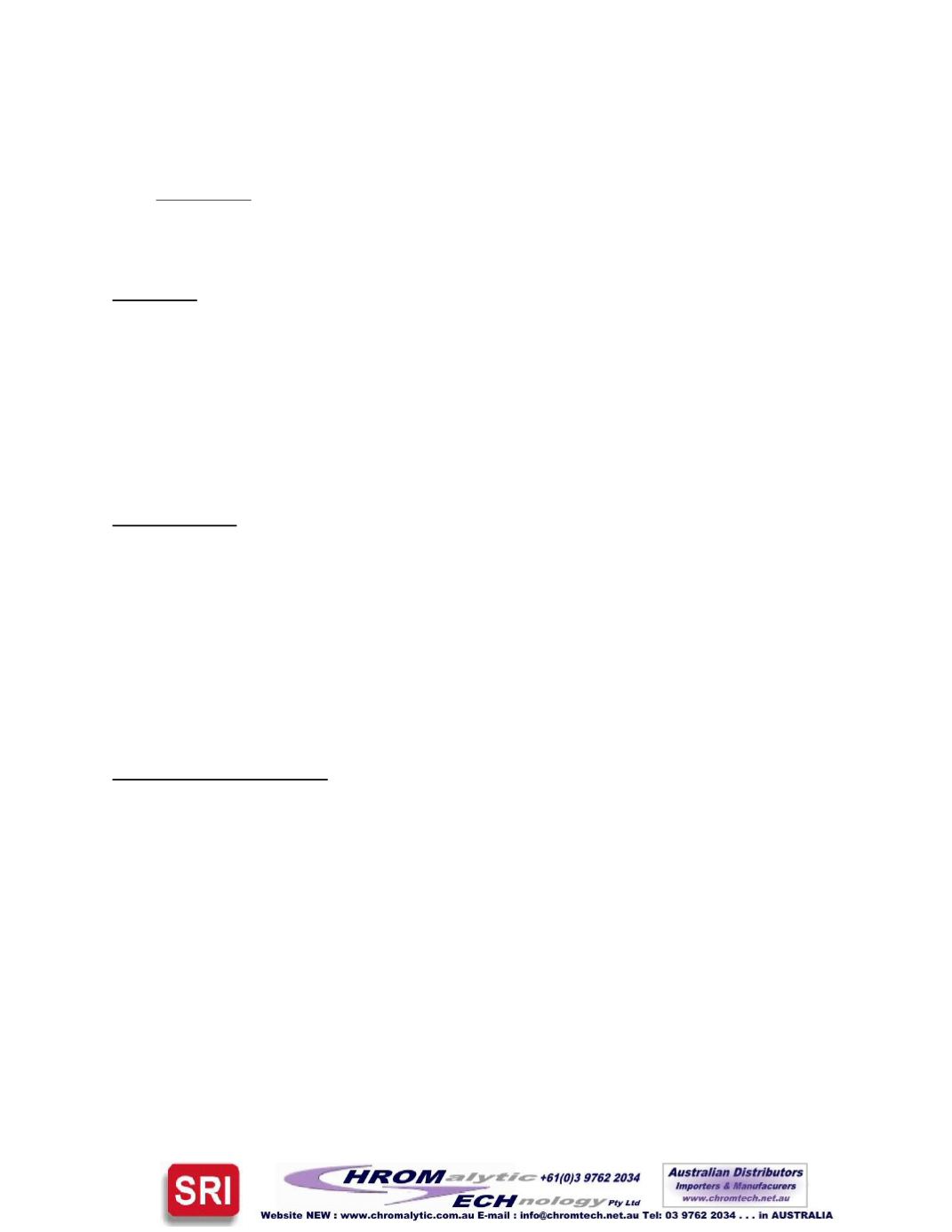
ON-SITECHARACTERIZATIONOFEXPLOSIVERESIDUES
INSOILSANDONRANGESCRAPUSINGGC-TIDANALYSIS
AlanD. Hewitt andThomas F. Jenkins, ColdRegionsResearch andEngineeringLaboratory, Hanover,
NewHampshire; ThomasRanney, Science andTechnologyCorp., Hanover, NewHampshire; and
MartinStutz, ArmyEnvironmental Center, AberdeenProvingGround,Maryland
ABSTRACT
An economical on-sitemethod has been developed for rapid identification and quantification of frequently detected
nitroaromatic, nitramine, and nitrate ester explosives (e.g., TNT, TNB, RDX, HMX, NG, 2,4-DNT, 2,6-DNT,
PETN, 2Am-DNT, 4Am-DNT, Tetryl, 1,3-DNB) in soil and on range scrap. Themethod combines quick and simple
sample preparation procedures, colorimetric wet chemical pre-screening, and gas chromatographic (GC) analysis.
The final analysis step uses a GC equipped with a thermionic ionization detector (TID) that is selective for com-
pounds containing nitro (NO
2
) functional groups. Quantitative results using the GC-TID method were in good
agreement with results fromHPLC (Method 8330) or GC electron capture (Method 8095) for the analysis of the
same sample extract and for sample splits.
INTRODUCTION
The ability to quickly characterize the spatial distribution of contamination over a large area and to minimize the
number of non-detect samples sent off-site for analysis are two common incentives for using on-site methods. On-
site rapid colorimetric screening and subsequent analysis by gas chromatography–thermionic ionization detection
(GC-TID) meets these objectives for the suite of explosives that often coexist in soils and on range scrap at military
training facilities and other defense-related sites. Moreover, this assay fills an existing gap between the capabilities
of the current EPA-approved on-site methods (4050, 4051, 8510, and 8515) and laboratory-based methods (8330
and 8095), is field rugged, and requiresminimal auxiliary support. This paper describes a procedure that uses a sim-
ple colorimetric analysis to estimate the proper dilution and GC-TID detection for contaminant identification and
quantification. In addition, information will be provided on comparisons between GC-TID analysis and Methods
8330 and8095.
MATERIALSANDMETHODS
A qualitative and semi-quantitative visual colorimetric test to screen on-site for explosive residues can be performed
using the Expray kit (Plexus Scientific, Silver Spring, MD). The Expray kit comes in a small, lightweight (less than
1.4 kg) case that contains several sheets of test paper and three aerosol cans for dispensing chemical reagents. The
first aerosol can tests for the presence of polynitroaromatics, the second for nitramines, and the third for inorganic
nitrates.
TheGC usedwas theModel 8610C (SRI Instruments, Torrance, CA) equippedwith a heated (250°C) TID detector,
a heated (225°C) on-column injection port, and an internal air compressor. This instrument currently sells for less
than $9K and requires a personal computer ($1K) for controlling oven temperature programs and for collecting and
handling data. Separations were performed on either a metal or glass Crossbond 100% dimethyl polysiloxane col-
umn (DB-1), 15 m × 0.53-mm i.d., 0.5
µ
m film thickness. Injections of 1 µL were made manually with a 10-µL
glass syringe (SGE). The carrier gas was high-purity nitrogen flowing at 37 mL/min, and the TID potential was set
at –3.40 V. In addition, air was supplied to the detector from the onboard compressor at a rate of approximately 15
mL/min. Using an oven temperature program of 95°C ramped at 10°C/min to 105°C, then ramped from 105° to
240°C at 40°C/min, there was baseline resolution between many of the explosives analytes listed inMethod 8330.
Sample injections canbemade about every7.0min (Hewitt et al., 2001).


